
Choosing an Insecticidal Seed Treatment or in-Furrow for Thrips in Cotton (Reisig, Collins, Huseth)
Lots of folks are wondering what to use downstream for thrips in cotton. It’s critical to not only get …



El inglés es el idioma de control de esta página. En la medida en que haya algún conflicto entre la traducción al inglés y la traducción, el inglés prevalece.
Al hacer clic en el enlace de traducción se activa un servicio de traducción gratuito para convertir la página al español. Al igual que con cualquier traducción por Internet, la conversión no es sensible al contexto y puede que no traduzca el texto en su significado original. NC State Extension no garantiza la exactitud del texto traducido. Por favor, tenga en cuenta que algunas aplicaciones y/o servicios pueden no funcionar como se espera cuando se traducen.
Inglês é o idioma de controle desta página. Na medida que haja algum conflito entre o texto original em Inglês e a tradução, o Inglês prevalece.
Ao clicar no link de tradução, um serviço gratuito de tradução será ativado para converter a página para o Português. Como em qualquer tradução pela internet, a conversão não é sensivel ao contexto e pode não ocorrer a tradução para o significado orginal. O serviço de Extensão da Carolina do Norte (NC State Extension) não garante a exatidão do texto traduzido. Por favor, observe que algumas funções ou serviços podem não funcionar como esperado após a tradução.
English is the controlling language of this page. To the extent there is any conflict between the English text and the translation, English controls.
Clicking on the translation link activates a free translation service to convert the page to Spanish. As with any Internet translation, the conversion is not context-sensitive and may not translate the text to its original meaning. NC State Extension does not guarantee the accuracy of the translated text. Please note that some applications and/or services may not function as expected when translated.
Collapse ▲
Lots of folks are wondering what to use downstream for thrips in cotton. It’s critical to not only get …
These tables do not include any experimental varieties so that producers can focus on varieties that will be available …
The results from 2 and 3 year averages across locations are available in the links: 2018 2 year 2018 3 …
The results from 2018 across locations are available in the link below. We lost the Scotland County location due to …
We are still working on statistics for combining all locations for 2018 and our two and three-year averages. Click …
Auxin Stewardship Training The schedule for the 2019 Auxin Herbicides-Best Management Practices training has been finalized. This training, presented by …
Fiber Quality results for the 2018 NC On-Farm Cotton Variety Evaluation Program are now in. In addition to yield, …
Although 2018 brought its share of challenges, it was a decent year for cotton in some areas, while catastrophic …
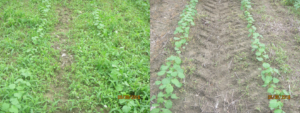
As harvest 2018 wraps up, I understand it’s hard to think about 2019. But, seed orders are being placed, …
Now that Halloween is over and Christmas music is starting to play, the EPA has reached a decision on …
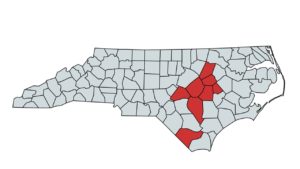
Meloidogyne enterolobii Internal Quarantine from NCDA On Friday, October 5, 2018, the N.C. Department of Agriculture and Consumer Services released a press …
A new publication is now available to update a 1996 version concerning the European corn borer, a major pest …
Many of the soybeans in North Carolina are past the critical growth stages for impact by soybean rust, but …
Hurricane Florence has brought damaging rains, winds, and flooding to North Carolina with, in some areas, tobacco still being on the stalk. Continuing …
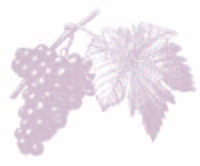
Grapevines require 16 essential nutrients for normal growth and development (Table 9.1). Carbon, hydrogen, and …

This guide presents basic facts about seeds, including how they develop, how to store and …
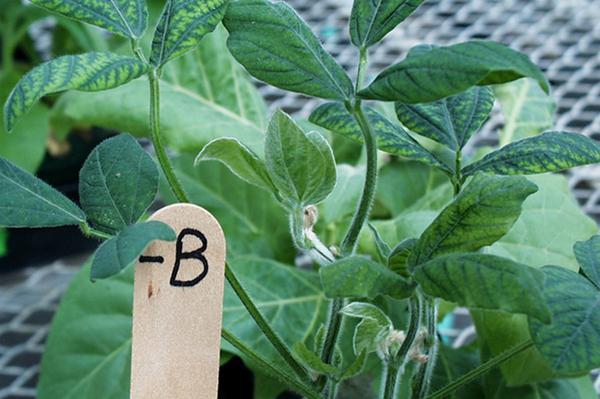
This Soybean Nutrient Deficiency Information factsheet describes the symptoms and management of boron deficiency in …
This Soybean Nutrient Deficiency Information factsheet describes the symptoms and management of zinc deficiency in …

This Soybean Nutrient Deficiency Information factsheet describes the symptoms and management of molybdenum deficiency in …
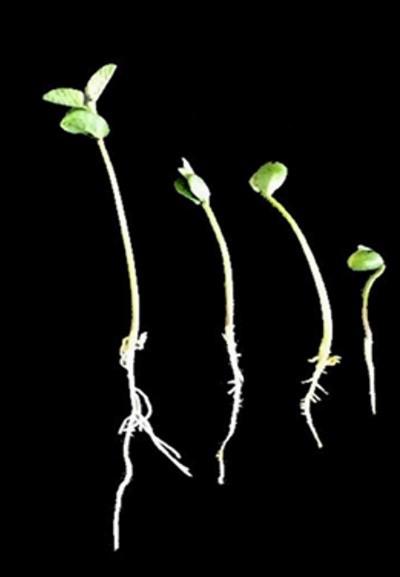
This Soybean Nutrient Deficiency Information factsheet describes the symptoms and management of aluminum toxicity in …
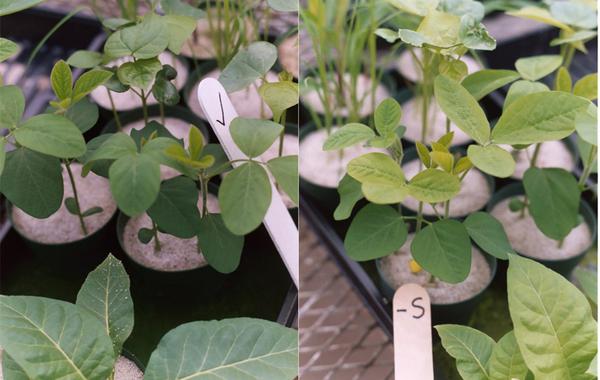
This Soybean Nutrient Deficiency Information factsheet describes the symptoms and management of sulfur deficiency in …

This Soybean Nutrient Deficiency Information factsheet describes the symptoms and management of magnesium deficiency in …